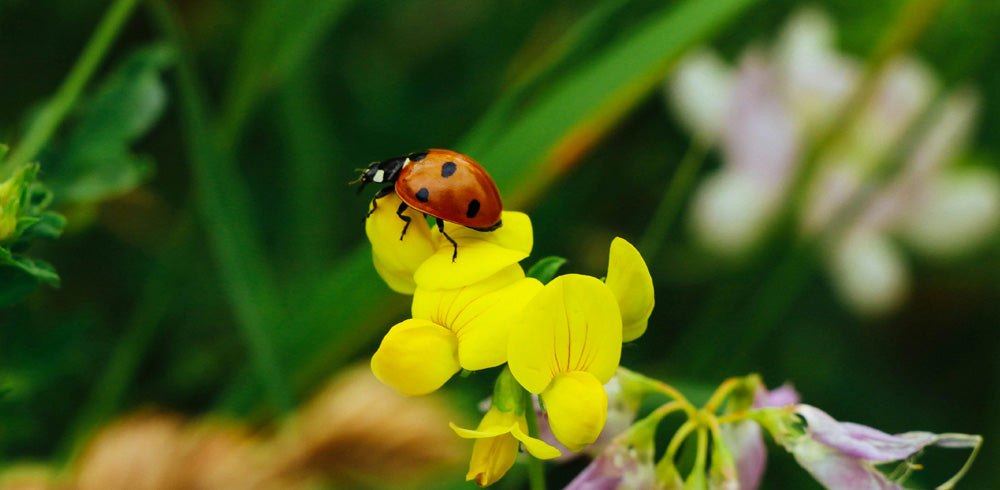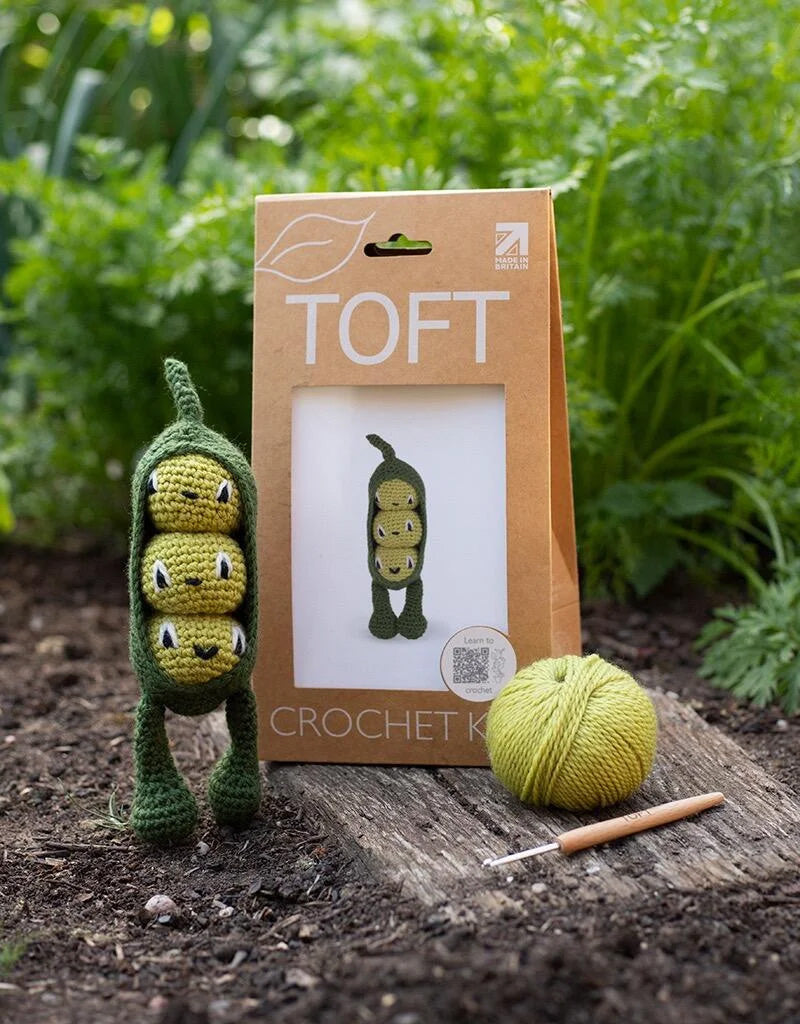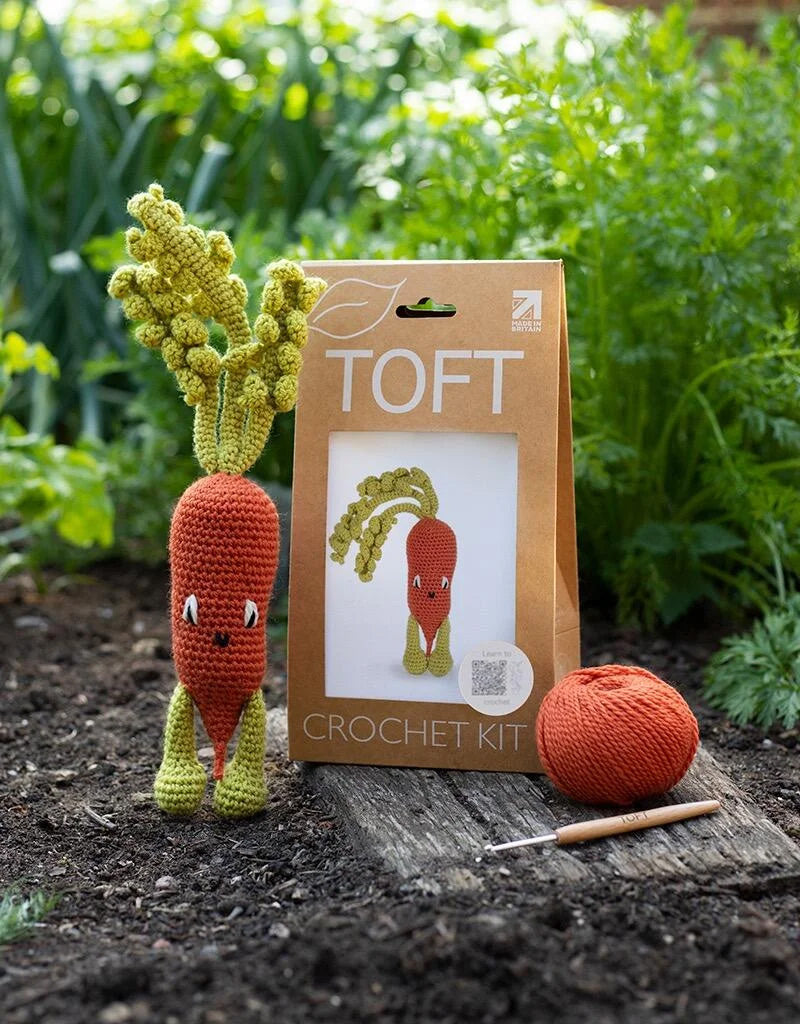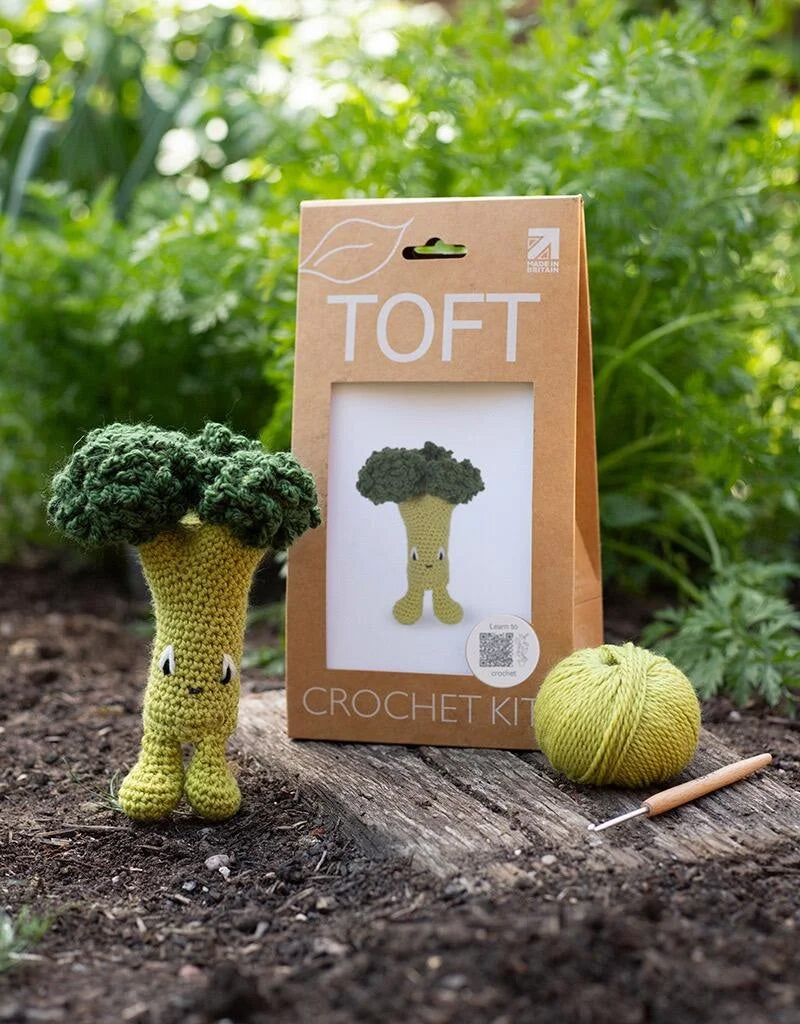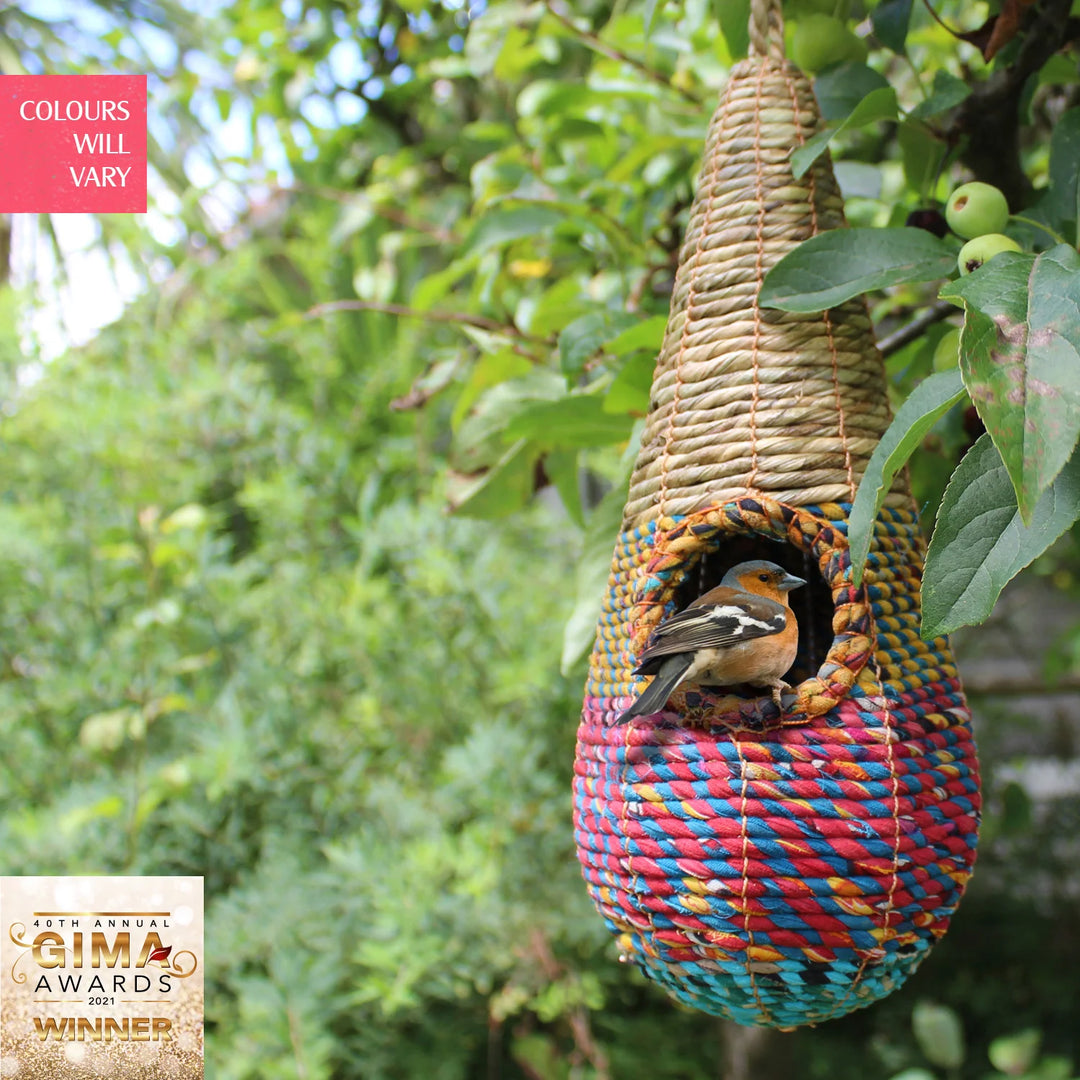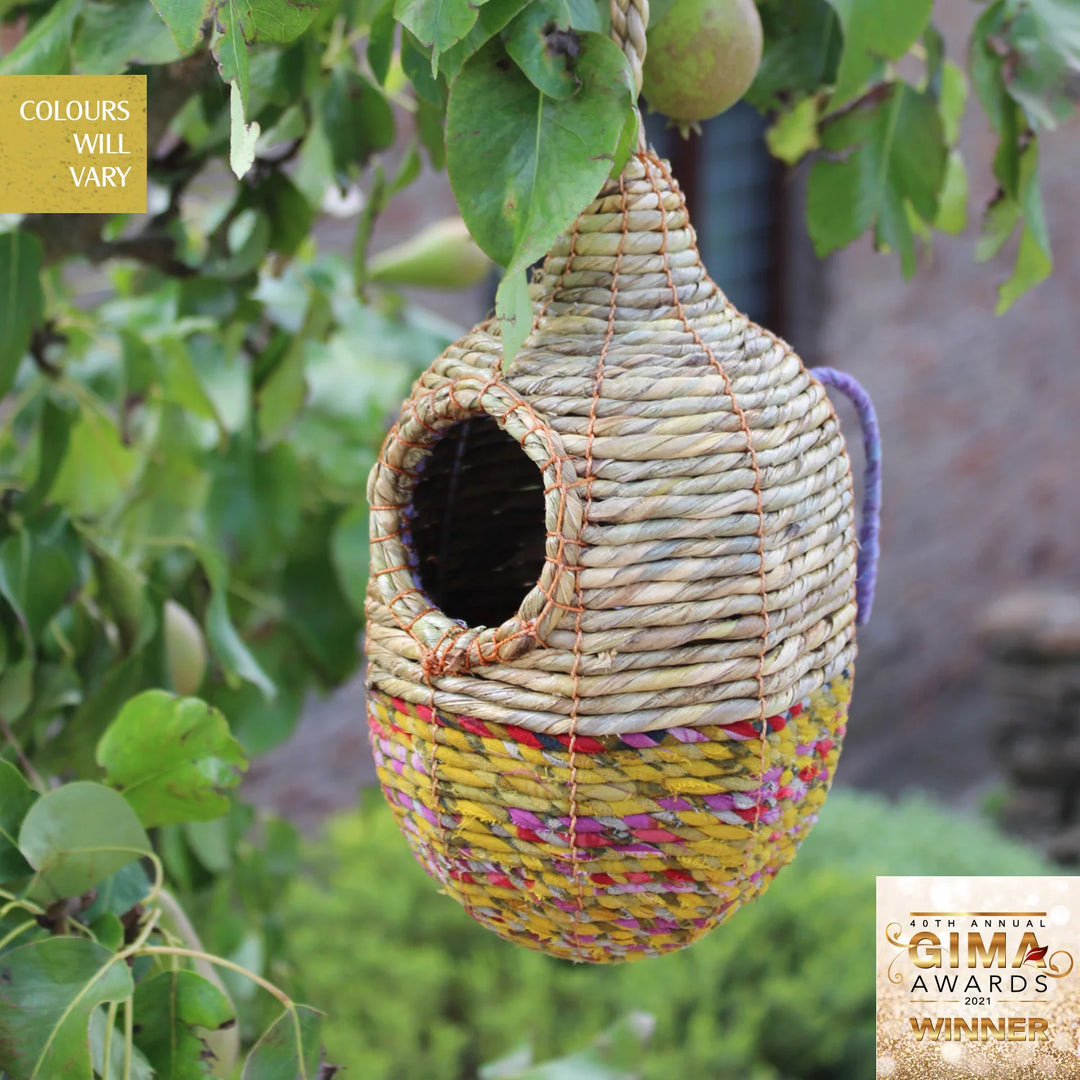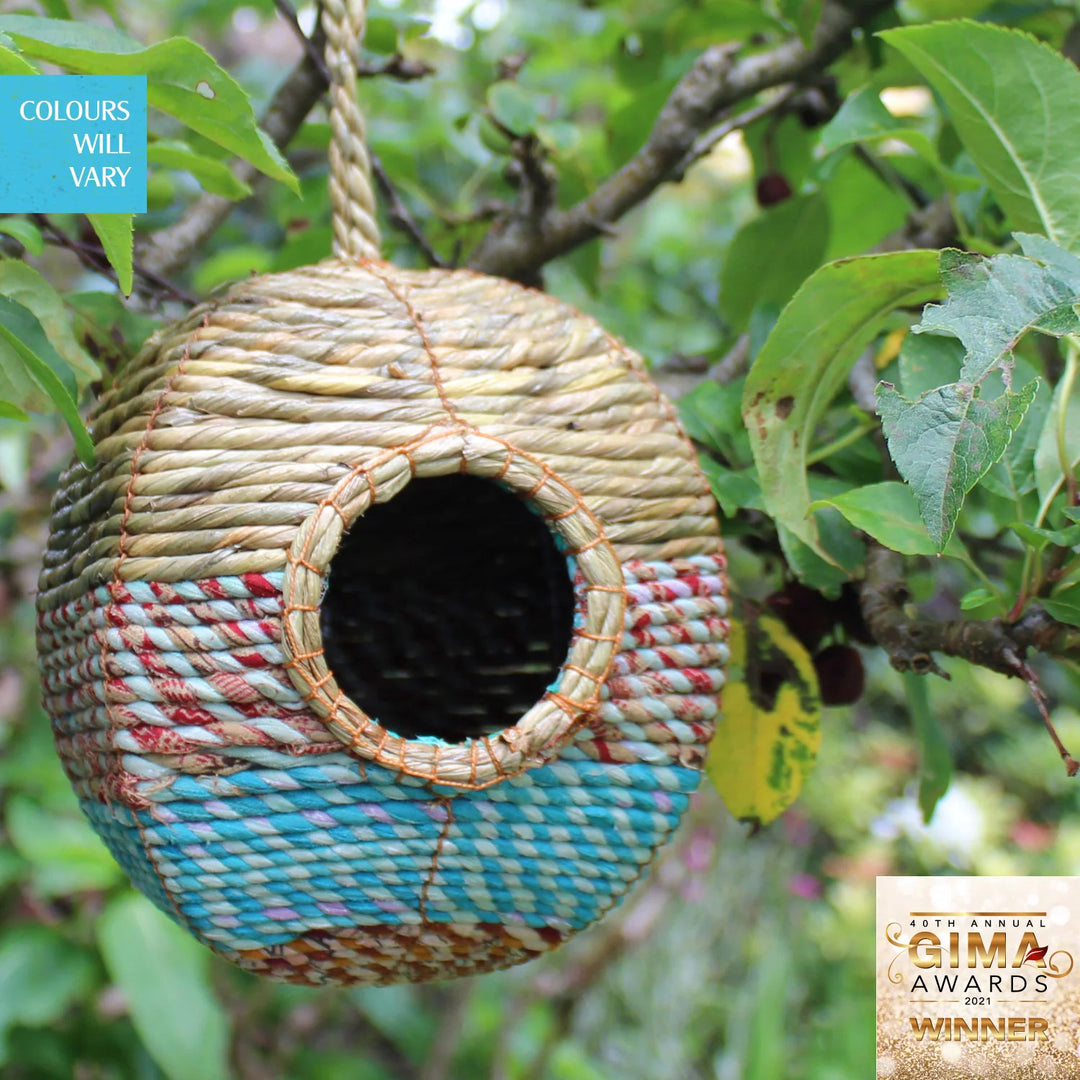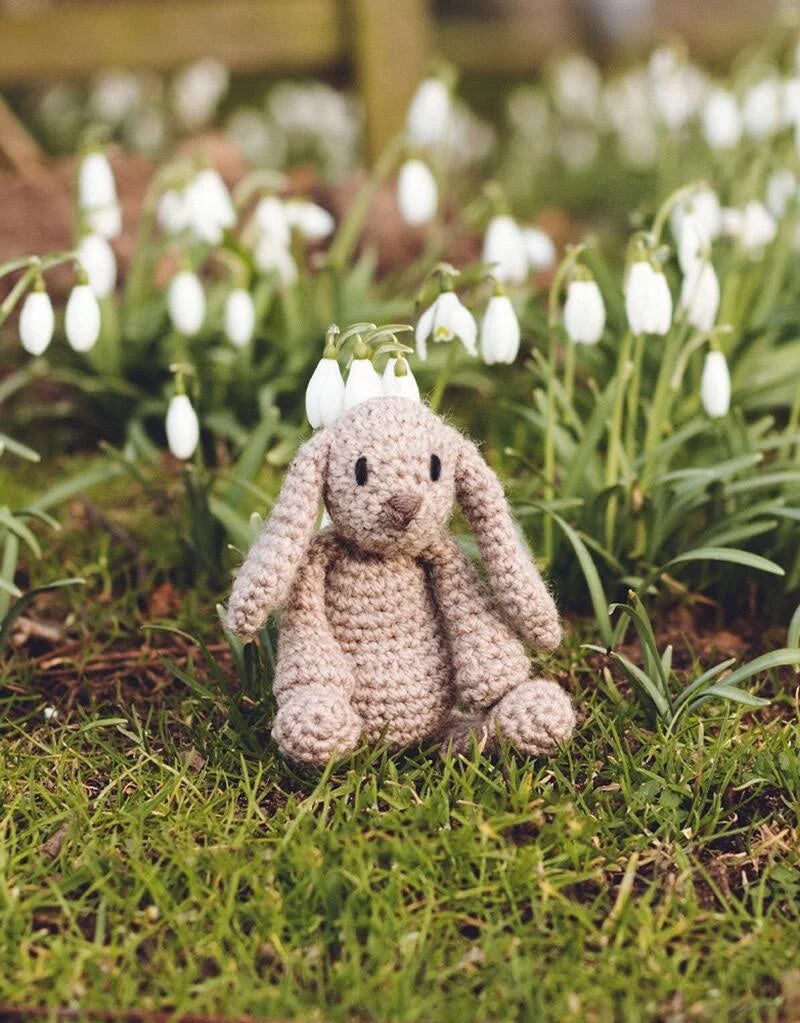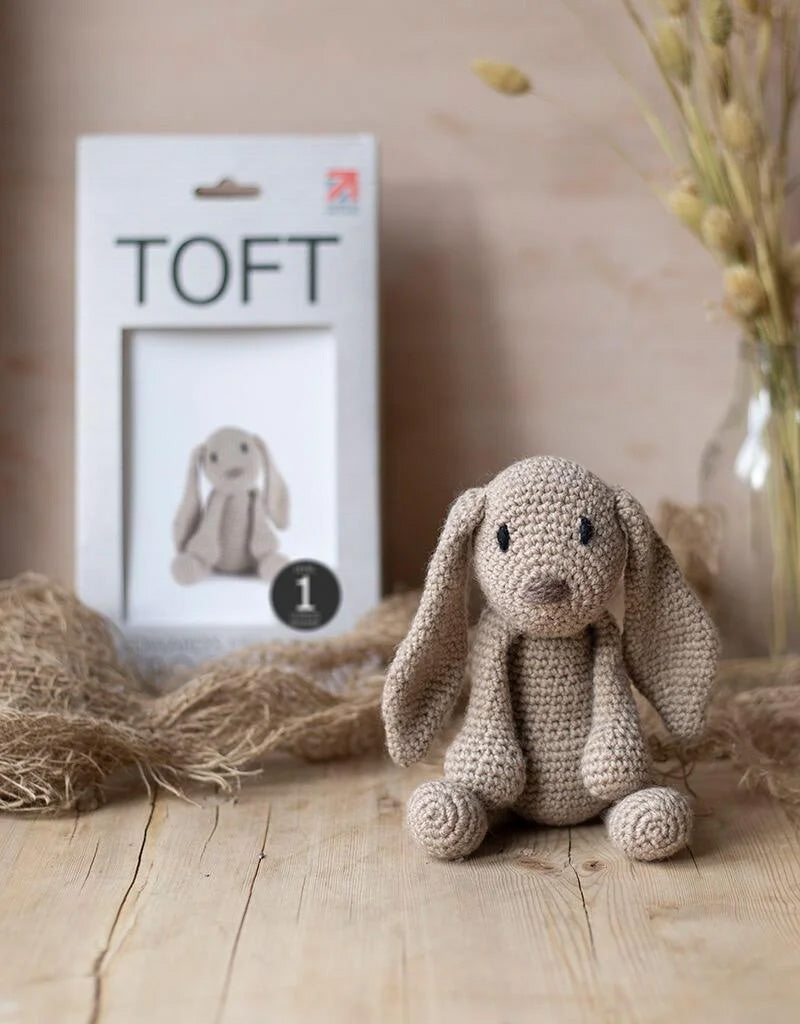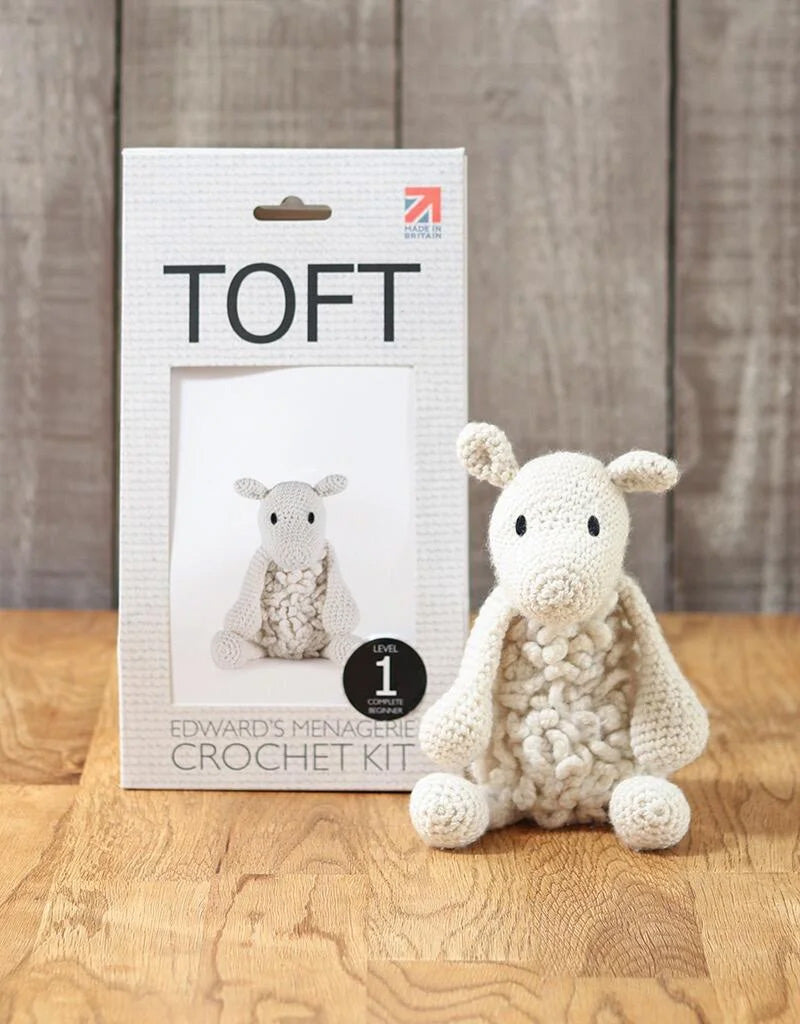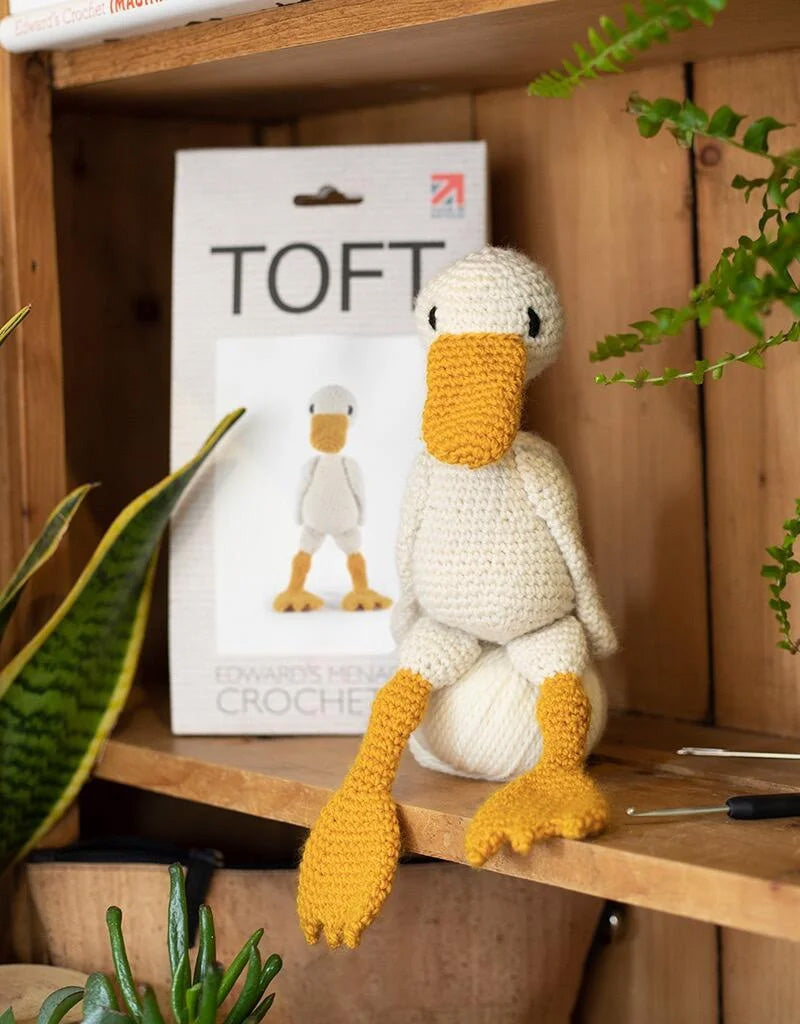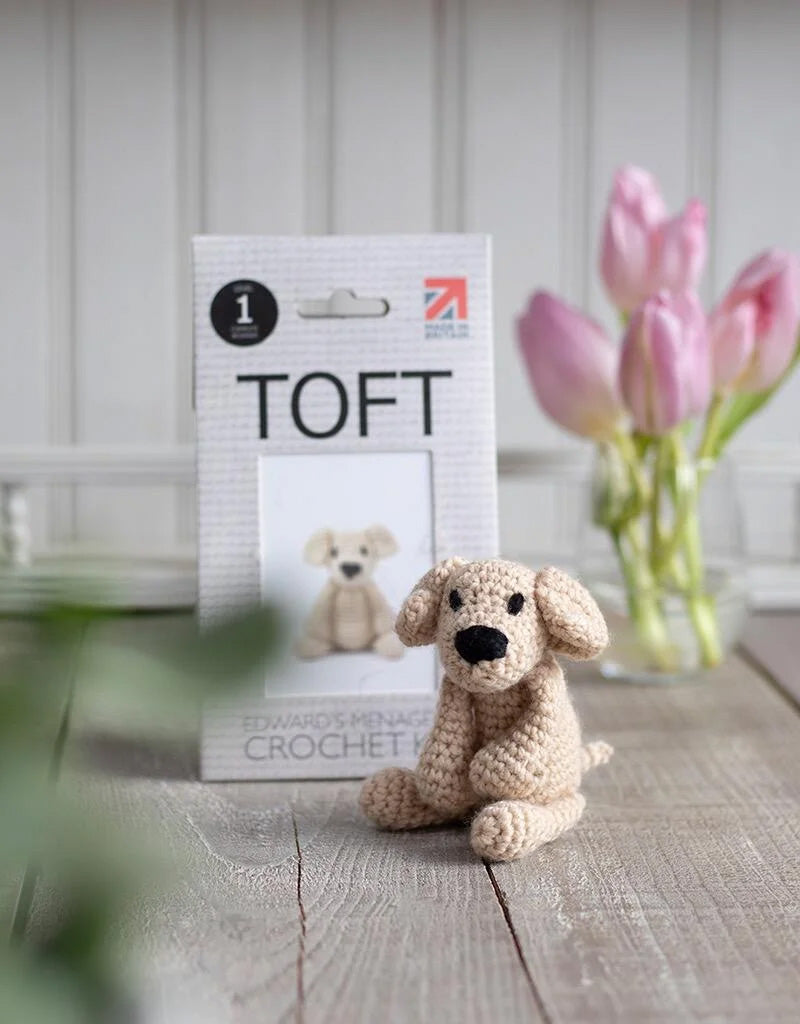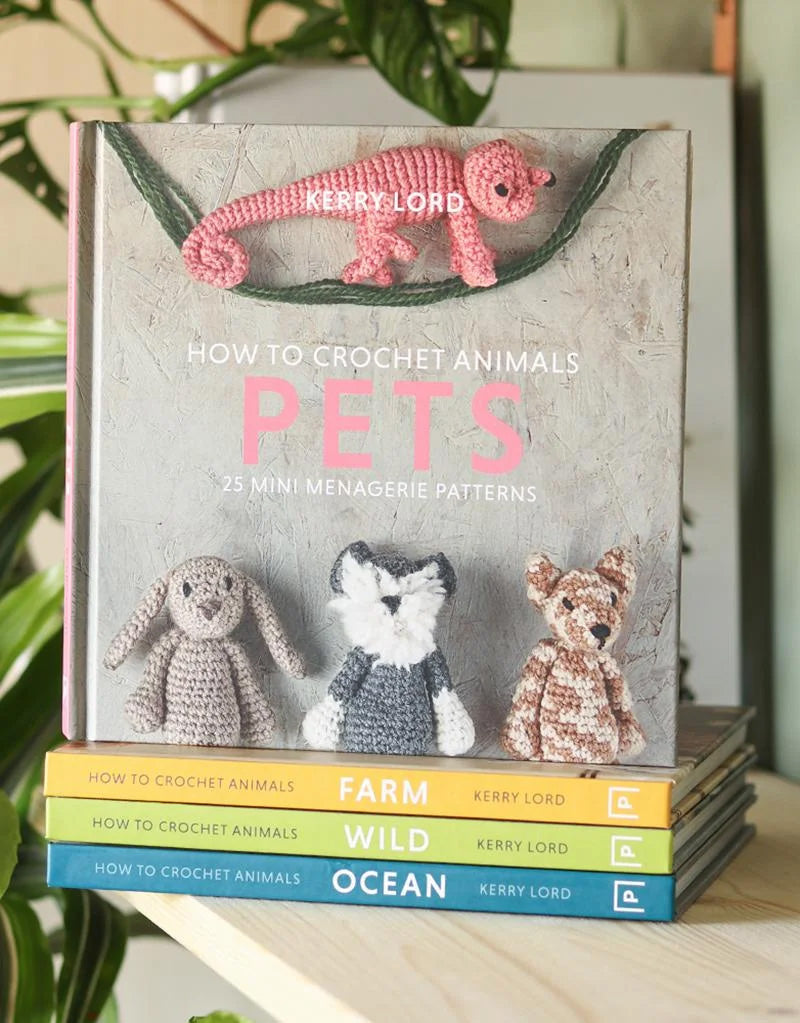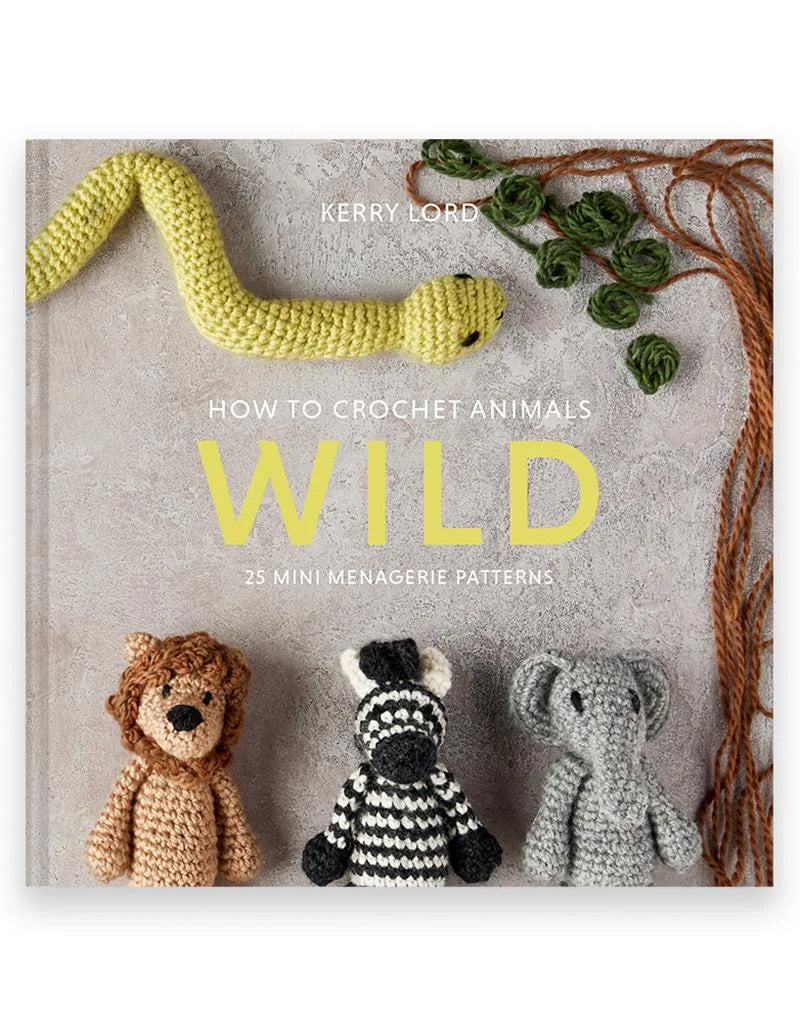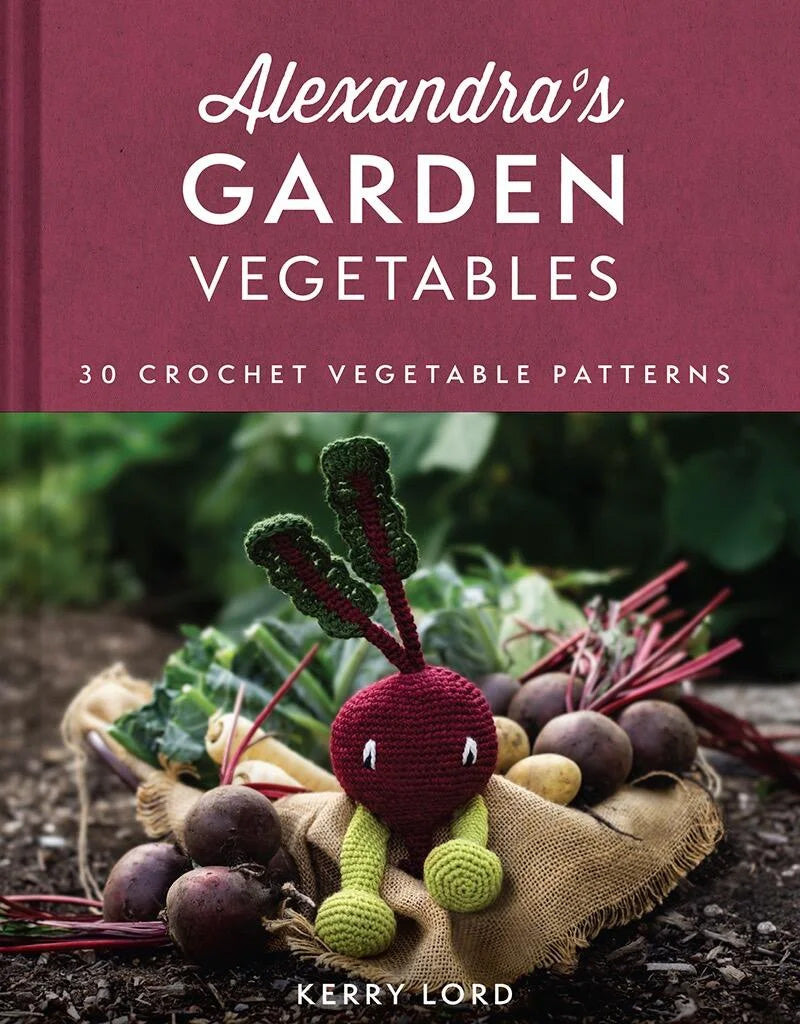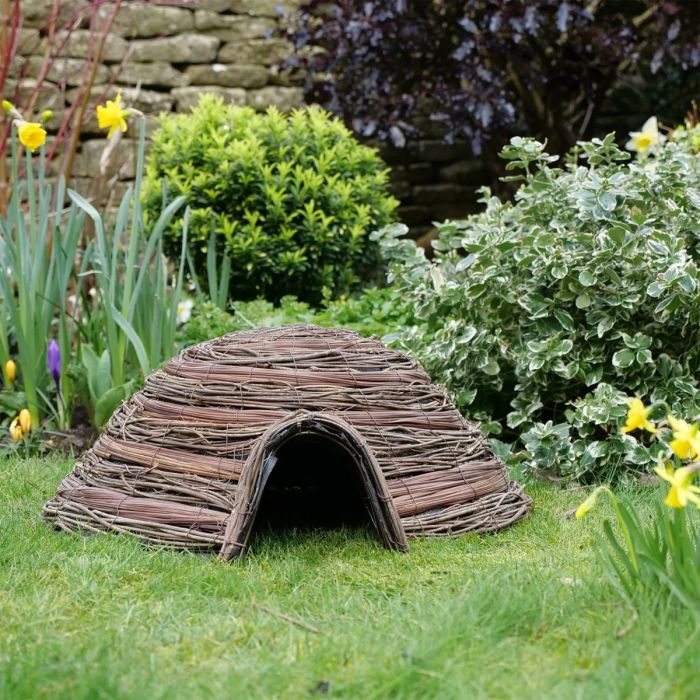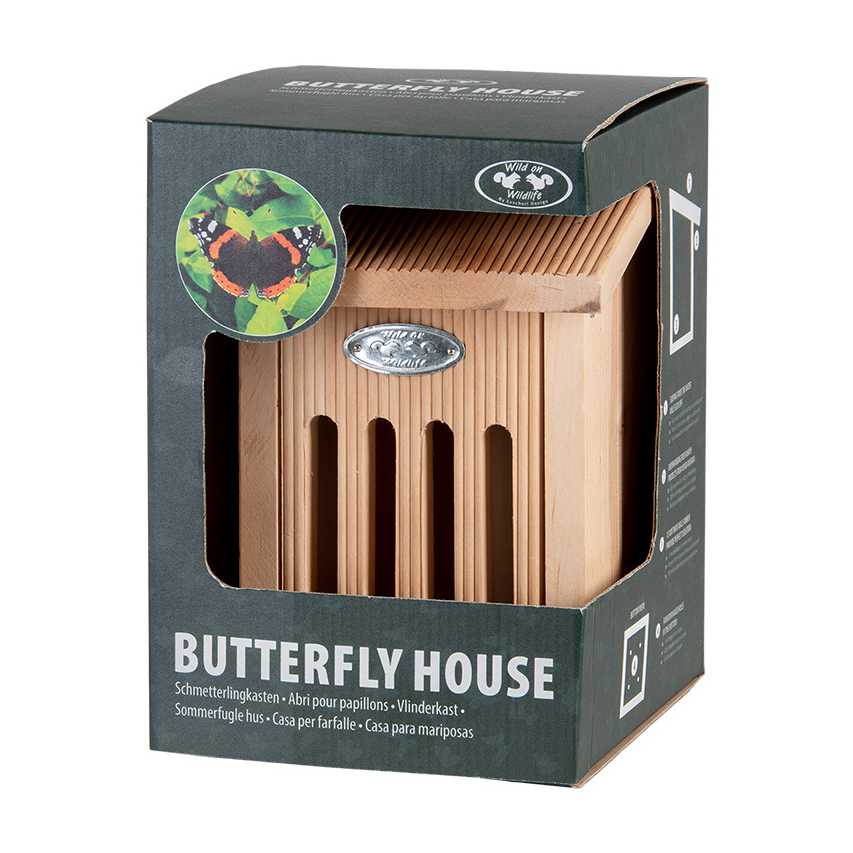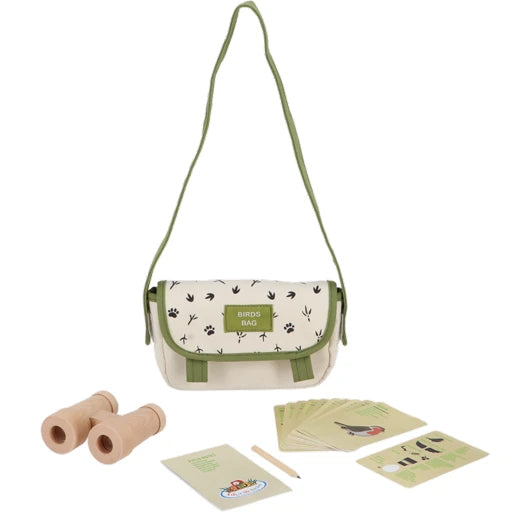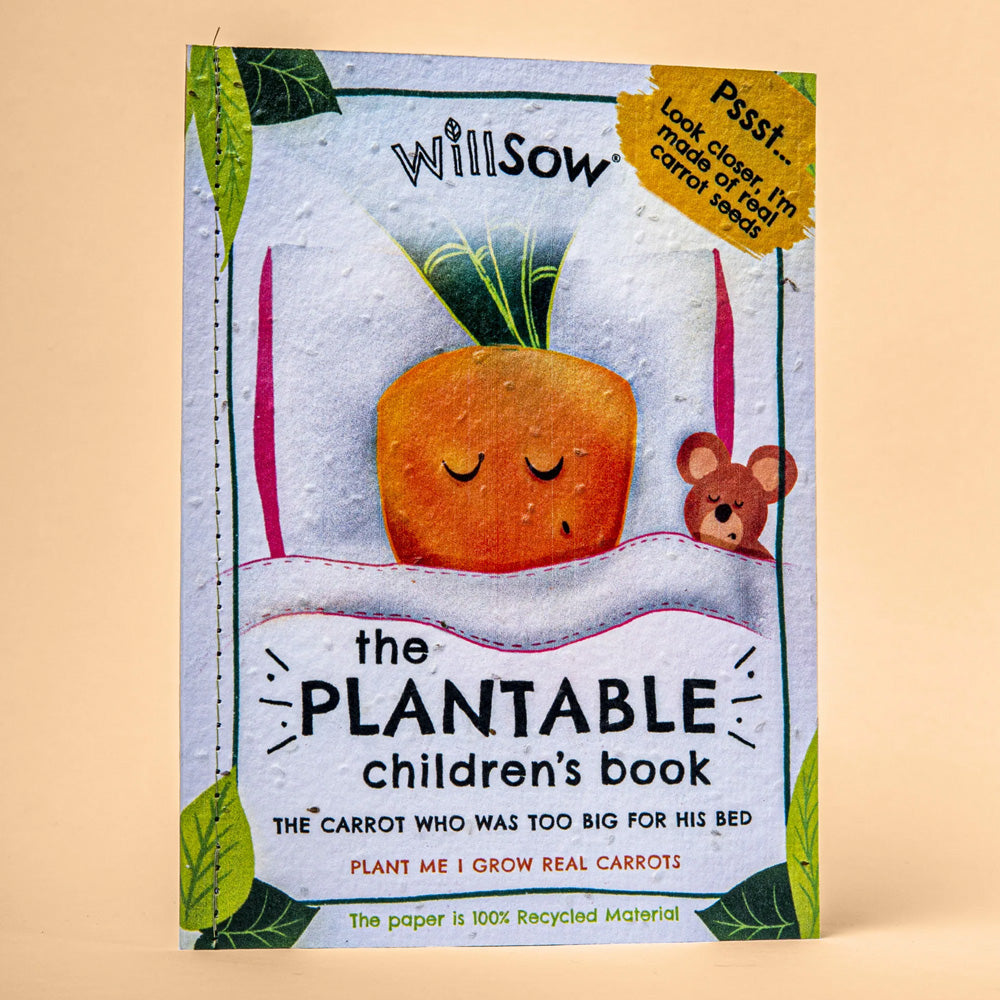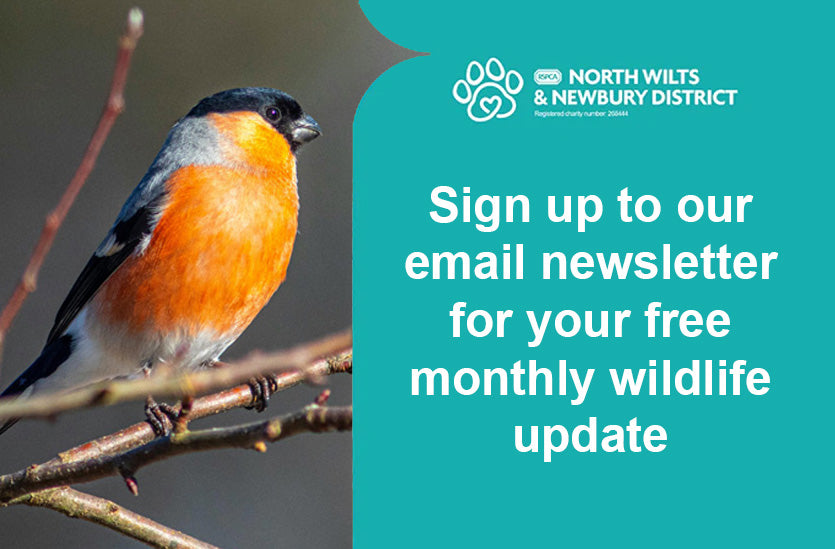Ladybirds
Ladybirds, also known as ladybugs, are a common species of beetle found in gardens across the UK. These small insects play a crucial role in controlling garden pests and are a welcome sight for many gardeners. There are several species of ladybirds in the UK, each with its own unique characteristics and habits.
Ladybirds are known for their bright and colourful appearance, with most species sporting red or orange bodies with black spots. However, there are also species that are yellow, black, or even pink in colour. These vibrant colours serve as a warning to predators that ladybirds are not to be messed with, as they can secrete a foul-tasting substance when threatened.
In terms of diet, ladybirds are voracious predators of aphids, scale insects, and other garden pests. They are particularly beneficial to gardeners as they help to keep these pests in check, reducing the need for harmful pesticides. Ladybirds are also known to feed on pollen and nectar, making them important pollinators in the garden.
Ladybirds can be found in a variety of habitats, including gardens, meadows, and woodlands. They are most commonly found on plants and flowers where their prey is abundant. Ladybirds are also known to hibernate during the winter months, seeking shelter in cracks and crevices to survive the cold weather. Some species of ladybirds are protected under UK law, as they are considered endangered due to habitat loss and the use of pesticides.
One of the most well-known species of ladybird in the UK is the seven-spot ladybird (Coccinella septempunctata). This species is easily recognizable by its red body with seven black spots. The seven-spot ladybird is a common sight in gardens and is a valuable ally to gardeners looking to control aphids and other pests.
Another species of ladybird found in the UK is the harlequin ladybird (Harmonia axyridis). This invasive species was introduced to the UK in the early 2000s and has since spread rapidly across the country. The harlequin ladybird is larger than native species and comes in a variety of colours, including red, orange, yellow, and black. While the harlequin ladybird is a voracious predator, it has been known to outcompete and even eat native ladybird species, leading to concerns about its impact on the ecosystem.
Despite the presence of invasive species like the harlequin ladybird, native ladybirds continue to play a vital role in the UK ecosystem. By controlling garden pests and serving as pollinators, ladybirds help to maintain the balance of nature in our gardens and green spaces. It is important to protect these beneficial insects and create habitats that support their populations.
Ladybirds are fascinating creatures that provide valuable services to gardeners and the environment. With their bright colours, diverse species, and important role in pest control, ladybirds are a welcome sight in gardens across the UK. By understanding and appreciating these small beetles, we can work to protect and preserve their populations for future generations to enjoy.
Ladybirds are known for their bright and colourful appearance, with most species sporting red or orange bodies with black spots. However, there are also species that are yellow, black, or even pink in colour. These vibrant colours serve as a warning to predators that ladybirds are not to be messed with, as they can secrete a foul-tasting substance when threatened.
In terms of diet, ladybirds are voracious predators of aphids, scale insects, and other garden pests. They are particularly beneficial to gardeners as they help to keep these pests in check, reducing the need for harmful pesticides. Ladybirds are also known to feed on pollen and nectar, making them important pollinators in the garden.
Ladybirds can be found in a variety of habitats, including gardens, meadows, and woodlands. They are most commonly found on plants and flowers where their prey is abundant. Ladybirds are also known to hibernate during the winter months, seeking shelter in cracks and crevices to survive the cold weather. Some species of ladybirds are protected under UK law, as they are considered endangered due to habitat loss and the use of pesticides.
One of the most well-known species of ladybird in the UK is the seven-spot ladybird (Coccinella septempunctata). This species is easily recognizable by its red body with seven black spots. The seven-spot ladybird is a common sight in gardens and is a valuable ally to gardeners looking to control aphids and other pests.
Another species of ladybird found in the UK is the harlequin ladybird (Harmonia axyridis). This invasive species was introduced to the UK in the early 2000s and has since spread rapidly across the country. The harlequin ladybird is larger than native species and comes in a variety of colours, including red, orange, yellow, and black. While the harlequin ladybird is a voracious predator, it has been known to outcompete and even eat native ladybird species, leading to concerns about its impact on the ecosystem.
Despite the presence of invasive species like the harlequin ladybird, native ladybirds continue to play a vital role in the UK ecosystem. By controlling garden pests and serving as pollinators, ladybirds help to maintain the balance of nature in our gardens and green spaces. It is important to protect these beneficial insects and create habitats that support their populations.
Ladybirds are fascinating creatures that provide valuable services to gardeners and the environment. With their bright colours, diverse species, and important role in pest control, ladybirds are a welcome sight in gardens across the UK. By understanding and appreciating these small beetles, we can work to protect and preserve their populations for future generations to enjoy.


